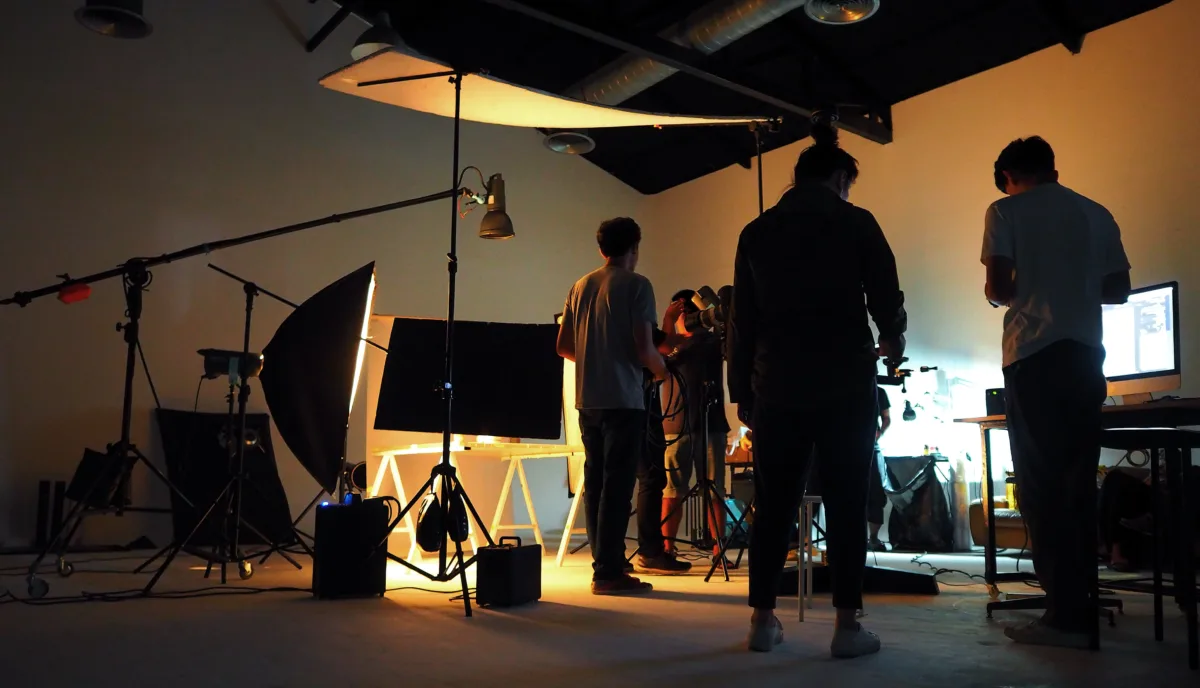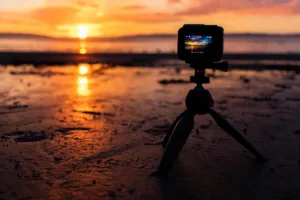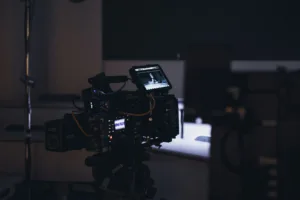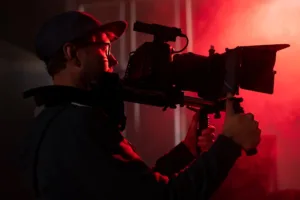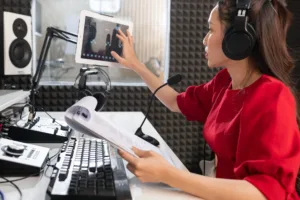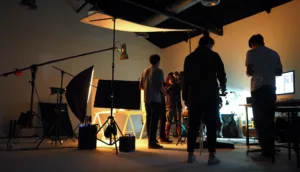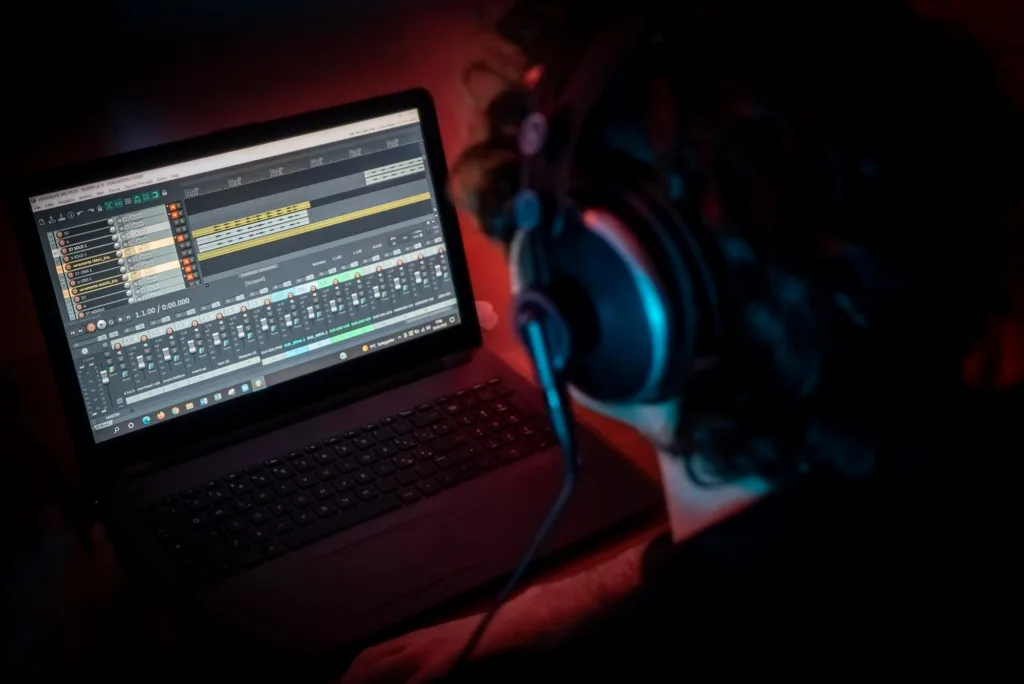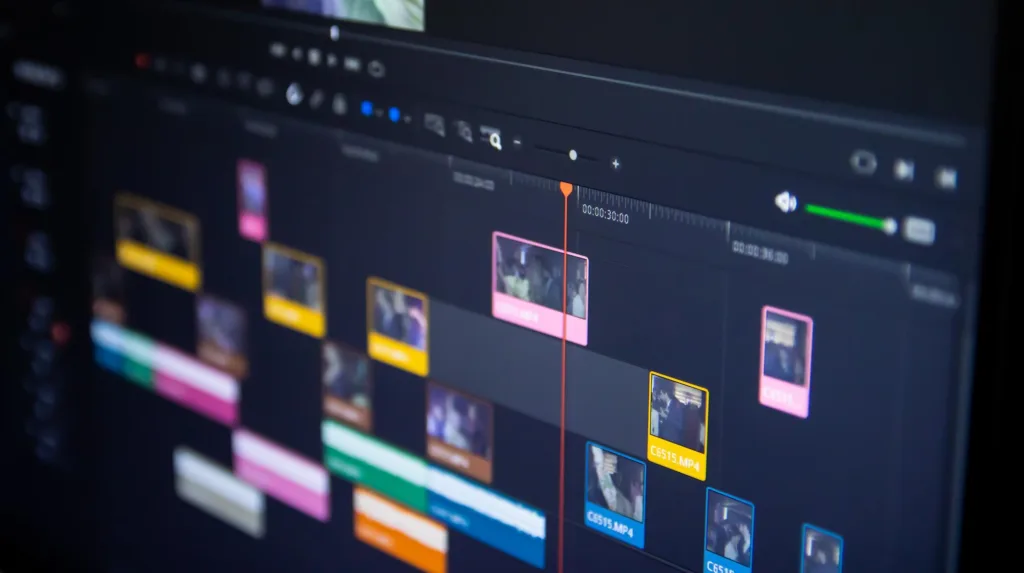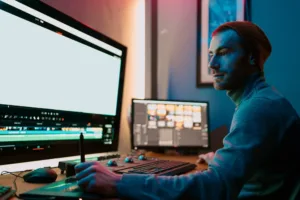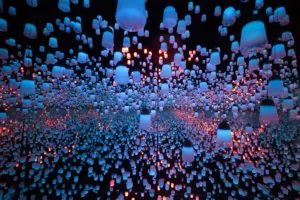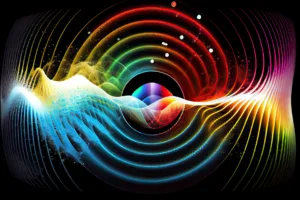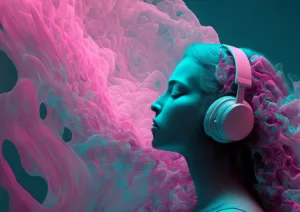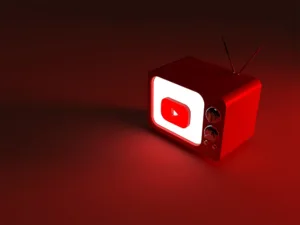What is production value? And how do I use it in my video content?
Welcome to the exciting world of video production, where everything is possible, and nothing is out of reach! If you’re looking to take your video content to the next level, you’re in the right place. Today, we’re going to talk about one of the most important concepts in video production: production value.
In a nutshell, production value is the overall quality of your video content. It’s the combination of all the elements that go into making a video, including the lighting, sound, camera work, editing, and more. When all of these elements come together seamlessly, you have a high production value video that engages your audience and leaves a lasting impression.
how do you use production value to your advantage?
First and foremost, it’s essential to invest in the right equipment. A high-quality camera, lighting equipment, and microphones can make all the difference in the world. These items may seem like a significant investment upfront, but the payoff in the quality of your content is worth it.
Next, it’s essential to pay attention to the details. Simple things like framing your shots correctly, using appropriate lighting, and capturing high-quality sound can make a massive difference in your final product. Take the time to plan your shots, think about your lighting, and capture great sound. It will pay off in the end.
Another crucial aspect of production value is post-production. Editing can take your footage to the next level, adding music, sound effects, and other elements that help tell your story. Take the time to learn about editing software and techniques that can help you create a polished final product.
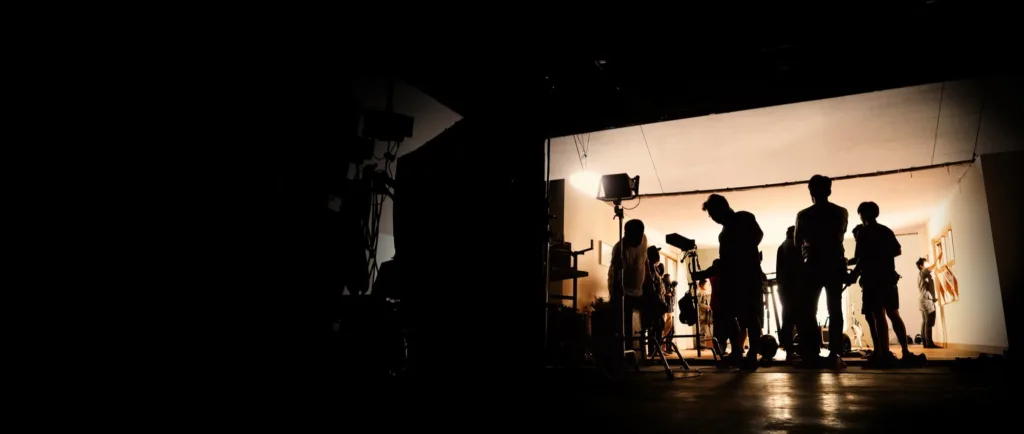
When it comes to creating the perfect lighting setup, there are a lot of different factors to consider. One key element to keep in mind is the importance of fill lighting. This type of lighting serves a very specific purpose – it is placed on the opposite side of the key light and used to fill in any shadows that are created by that light source.
The goal is to create a more balanced and flattering look, by ensuring that your subject is effectively illuminated from all angles. To achieve this, fill lighting is usually set at a lower intensity than the key light – this helps to prevent any harsh or overwhelming effects that could potentially detract from the overall aesthetic of the shot.
Whether you’re shooting stills or video, mastering the art of fill lighting can make a big difference in the final outcome of your visual content.
Conclusion.
In summary, production value is all about creating high-quality video content that engages your audience and leaves a lasting impression. By investing in the right equipment, paying attention to the details, and taking the time to edit your footage, you can create a video that stands out and makes an impact. So go out there and create something amazing!



